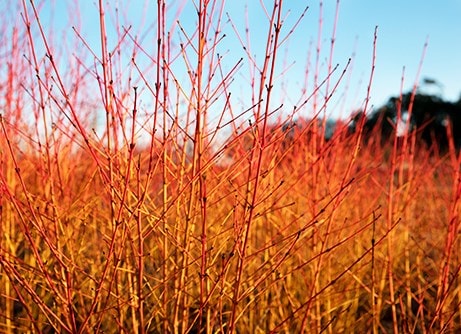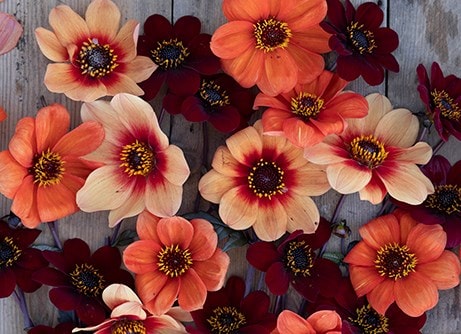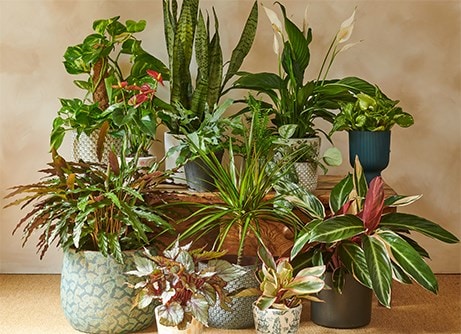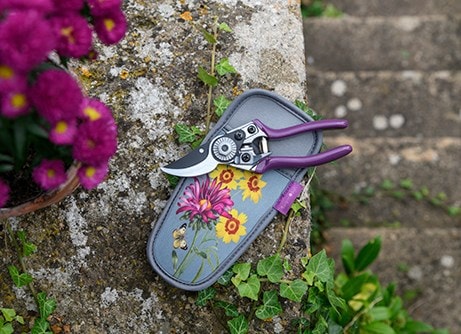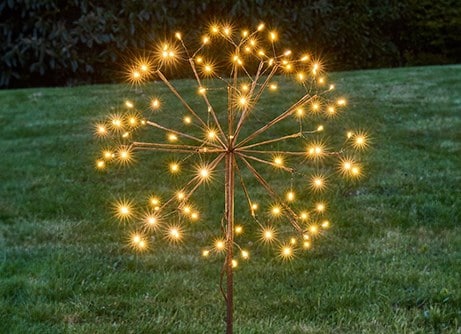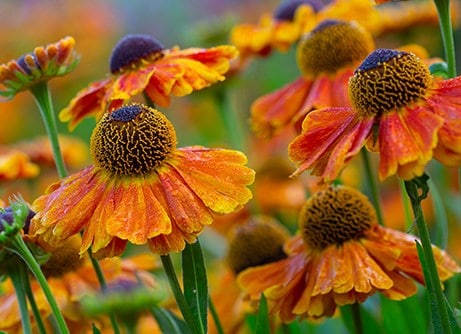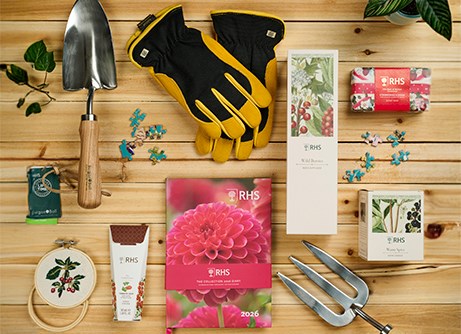Delicate pale pink flowers with softly spotted interiors and yellow centres add charm to late winter and early spring displays.
Helleborus × hybridus 'Pretty Ellen Pink' carries its beautiful flowers on upright stems above dense, leathery, dark green foliage. This semi-evergreen, clump-forming perennial thrives in partially shaded borders or woodland settings, creating year-round interest and pairing well with other early-flowering plants.
Easy to grow and low maintenance, it’s perfect for adding colour and texture to the garden when few other plants are in bloom, forming slowly expanding clumps that naturalise beautifully over time.
'Pretty Ellen Pink' is a reliable choice for seasonal interest, especially for those gardens visited by deer or rabbits.


